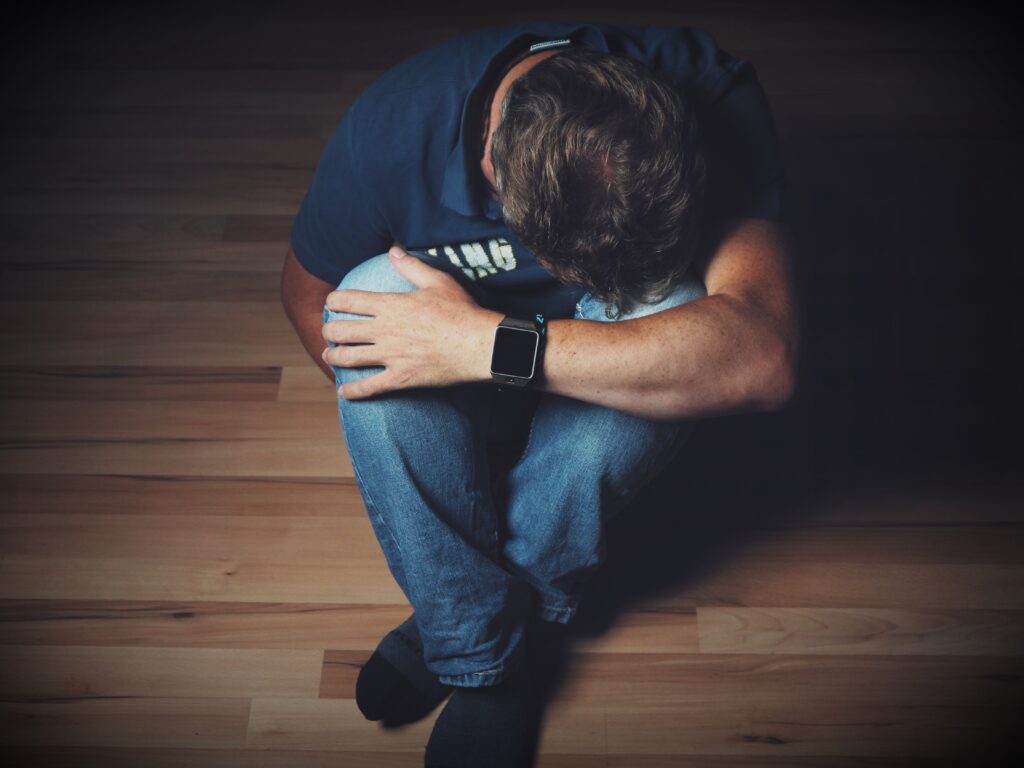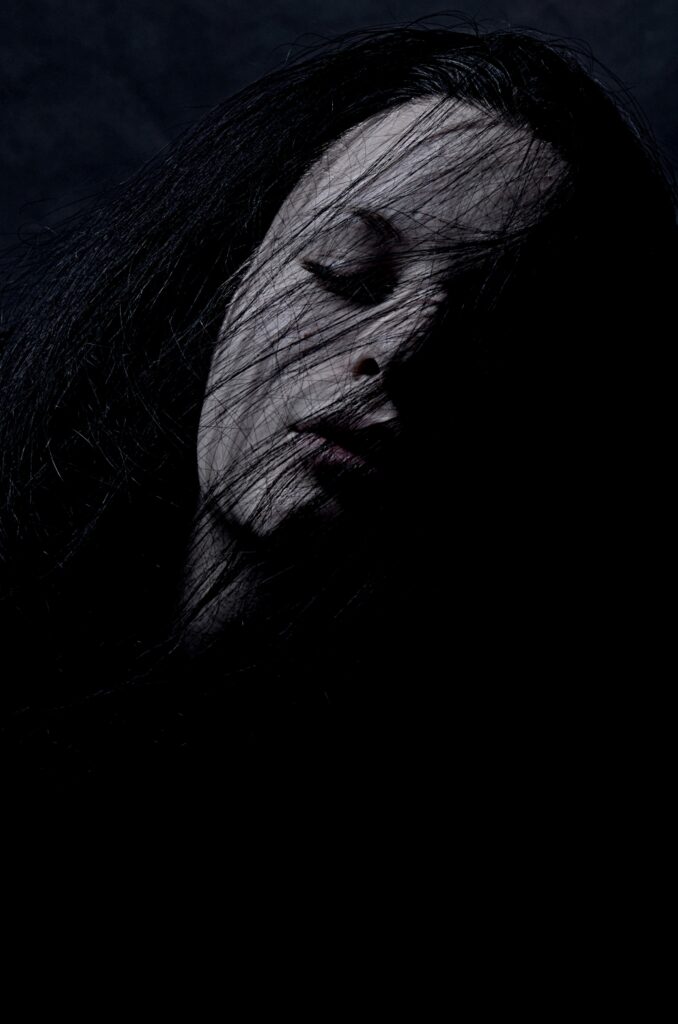Depression: cause, symptoms and cures
According to WHO (World Health Organization), over 300 million people suffer depression worldwide. According to Istat, Italy’s National Institute of Statistics, depression is the most common mental disorder in Italy: it affects approximately 2.8 million people.

In the past few years in Italy there has been an ongoing conversation on mental health, especially on mood disorders and depression: it seems as if the thick label of negative prejudice that branded depression is slowly dissipating, leaving room for a more open and honest consideration and thus a possibility to search for a cure. I often hear people labelling themselves as “depressed”, but there is an important clarification to make on the meaning of certain technical terms: the use of this word should be exclusively for the use of psychologists and psychiatrists. However, this word, which is charged with intensity, is used in its popular meaning and is therefore used imprecisely and incongruously.

Image by Ryan McGuire
What is depression?
Major depression, also known as endogenous depression or unipolar depression, is a psychiatric mood disorder, and it is characterized by a set of very specific factors: first of all, the presence of repetitive depressive episodes during the lifetime of the subjects that suffer from it, which I will explain later in the article. This recurrence of depressive states and constant mood alterations, is normally diagnosed as depression.
According to the Fifth Edition of the Diagnostic and Statistical Manual of Mental Disorders (DSM), a depressive episode is characterized by specific symptoms that cause gloom and considerably compromise the subject’s social, working, and emotional realm. Ultimately, in order to be diagnosed as depression, the mood drop mustn’t be related to the consumption of psychoactive substances or medication.
Apart from these factors that take shape as a depressive episode, to diagnose a major depression, it is necessary that these depressive episodes aren’t related to other mental disorders, psychosis for instance, and that the subject did not undergo previous stages of mania or hypomania, namely states of intense excitement and activity. It is also fundamental to distinguish major depression from postpartum depression, which affects women in the first weeks after childbirth.
What are specific symptoms of a depressive episode?
A depressive episode is a period of at least two weeks and less than eighteen months during which the subject’s mood and mindset are polarized towards an incessant pessimism. The subject feels constant emptiness and sadness, and they no longer take pleasure in the execution of almost every activity, and has lost interest in everyone and everything.
Usually, the individual’s appetite undergoes a significant variation: They may lose their drive for food and lose weight, or conversely eat excessively, assimilating a lot of weight in a short time. Moreover, they experience a variation in their motility: others observe the subject to be either in a state of agitation or a slowdown in their movements. Another symptom can be fatigue in finding the energy to carry out any type of activity (pleasurable or not), and they find difficulties in focusing on their ideas, which are often focused on death or suicidal thoughts (suicidal ideation).
Major depression, also known as endogenous depression or unipolar depression, is a psychiatric mood disorder, and it is characterized by a set of very specific factors: first of all, the presence of repetitive depressive episodes during the lifetime of the subjects that suffer from it, which I will explain later in the article. This recurrence of depressive states and constant mood alterations, is normally diagnosed as depression.
According to the Fifth Edition of the Diagnostic and Statistical Manual of Mental Disorders (DSM), a depressive episode is characterized by specific symptoms that cause gloom and considerably compromise the subject’s social, working, and emotional realm. Ultimately, in order to be diagnosed as depression, the mood drop mustn’t be related to the consumption of psychoactive substances or medication.
Apart from these factors that take shape as a depressive episode, to diagnose a major depression, it is necessary that these depressive episodes aren’t related to other mental disorders, psychosis for instance, and that the subject did not undergo previous stages of mania or hypomania, namely states of intense excitement and activity. It is also fundamental to distinguish major depression from postpartum depression, which affects women in the first weeks after childbirth.
What are specific symptoms of a depressive episode?
A depressive episode is a period of at least two weeks and less than eighteen months during which the subject’s mood and mindset are polarized towards an incessant pessimism. The subject feels constant emptiness and sadness, and they no longer take pleasure in the execution of almost every activity, and has lost interest in everyone and everything.
Usually, the individual’s appetite undergoes a significant variation: They may lose their drive for food and lose weight, or conversely eat excessively, assimilating a lot of weight in a short time. Moreover, they experience a variation in their motility: others observe the subject to be either in a state of agitation or a slowdown in their movements. Another symptom can be fatigue in finding the energy to carry out any type of activity (pleasurable or not), and they find difficulties in focusing on their ideas, which are often focused on death or suicidal thoughts (suicidal ideation).
Major depression: affective symptoms
Major depression has an emotional side, which can be discerned, as we mentioned earlier, through a deep sense of pathological sadness: this happens when sadness seeps through every instant of the subject’s lifetime. This dreadful feeling doesn’t vary in any circumstance, and it’s not consecutive to the unfolding of tragic events, such as the loss of a loved one, an accident, a disease, a catastrophic event, etc. In fact, depression is different from “normal” or “physiological” sadness, which is what every human being goes through because of the failures and the difficulties in life. Other than pathological sadness, a depressed subject feels constant distress, desperation, anxiety, is chronically undecided, and lives in a state of constant guilt that grips them without letting go, not even at nighttime (hence the fact that depressed people are often affected with insomnia).

Photo by Holgers Fotografie
Major depression: cognitive symptoms
The difficulty in this psychiatric disorder can also be perceived on a cognitive level: depressed people have a low self-esteem (they don’t trust their abilities, they fail to recognize their qualities and their achievements), they have profoundly pessimistic thoughts towards themselves, toward others and for the future. Usually, when depression is not treated either pharmacologically or through psychotherapy, the disorder tends to get worse and subjects might even reach a state of delirium, where for instance they feel as if they will never get better or they feel an overwhelming sense of guilt. Those who suffer of this disorder tend to overthink, remaining locked in themselves and in the same static and inconclusive reasonings. They gradually lose interest and curiosity towards other people and the outside world.

Photo by Claudia24
Major depression: somatic symptoms
It often occurs that those who suffer from depression also report a series of physical issues, such as pains in every part of the body or in certain somatic areas, gastro-intestinal disorders, neurological problems (trembling, migraines), and reduction of the libido. Sometimes, previous discomforts seem to intensify, or pains that had precedingly been defeated return.

Major depression: behavioral symptoms
Cognitive inhibition and an emotional black hole immobilize the subject’s behavior: this is why depressed people spend entire days in bed and have a hard time getting up in the morning (clinophilia). Moreover, these subjects are also socially isolated and tend not to take care of themselves, which is why they neglect their personal hygiene and the cleanliness of their personal spaces: They often reduce their visits at the hairdresser’s, the barber, they no longer go shopping, do make-up, reaching, in some cases, a state of complete negligence. Naturally, the career of the depressed subject is increasingly compromised by this behavior, sometimes entailing the subject’s interruption of their job, or even straight out quitting.
Depression: how to cure it
The causes to this mental illness can be found in a variety of factors: genetic, environmental (abuses or trauma, especially if perpetrated during childhood, intense and precocious deaths in the family, chronic or serious illnesses, gravely depressed parents), psychological (behavioral predisposition, low self-esteem, adjustment disorders, tendency to constantly and harshly reproach oneself etc.).
To tackle this complicated personal condition, medications can be fundamental, and these medications need to be prescribed by a specialist such as a psychologist or a psychiatrist rather than a general practitioner. Another effective result can be the involvement of the patient’s relatives (family therapy), or another still can be participating in social events on the side, such as classes, day care centers, school and sport centers. The clinicians must always communicate to their patients that the healing process can be slow, sometimes very slow, and it always varies from person to person: some medications may work perfectly for someone while not doing anything for someone else. The same applies to psychotherapy, an activity that entails individual encounters between two people (therapist and patient) that have to find a way to be at ease with each other. An ineffective relationship between therapist and patient might impair the healing process.
As mentioned earlier, diagnosing depression as soon as possible can be crucial because depression tends to worsen as time goes by, making the healing process more difficult, be it through therapy or medications. Often, the depressive state comes along with other psychological discomforts, such as states of anxiety be them generalized anxiety disorders, panic disorder, or phobias, which need a punctual and timely diagnosis to be treated correctly.

Photo by Engyn Akyurt
How to distinguish mourning from depression
Losing a loved one is an event than none of us can exclude from our lives: if we have the strength and the resources to overcome the mourning period, we can consider ourselves mentally healthy. Conversely, if after twelve months from the loss of a loved one we are still combatting with chronic and intense sadness, guilt, invalidating pessimism, deathly thoughts, we might fall in a state the DSM (Diagnostic and Statistical Manual of Mental Disorders) defines as “persistent and complicated mourning disorder”, which, unless treated correctly, might lead to actual depression.

Photo by Engyn Akyurt
All the images that were used in this article can be found on pixabay.com
Translation: Marina Traylor






